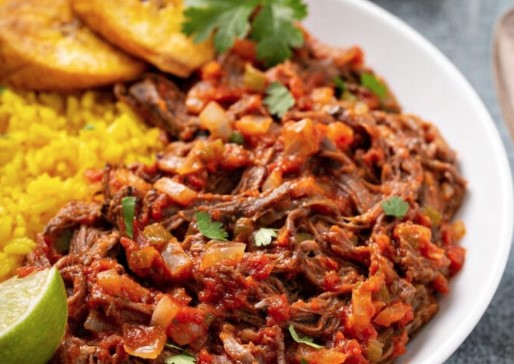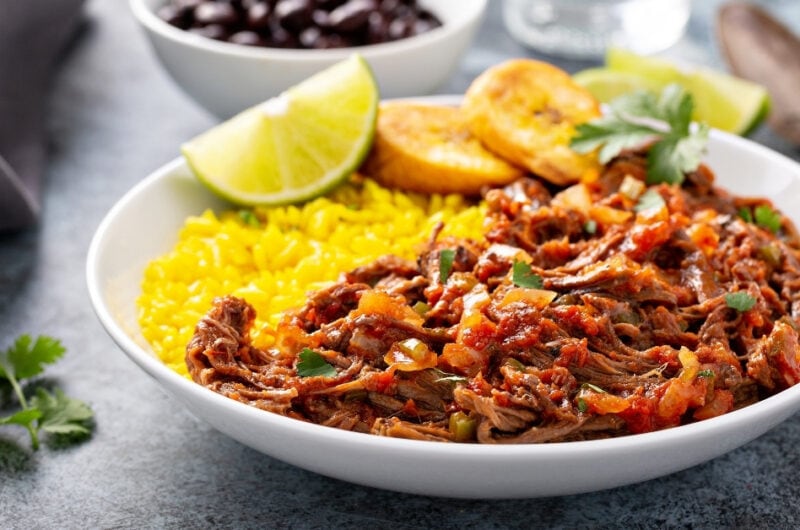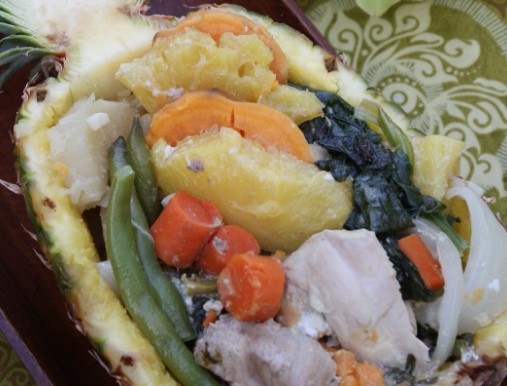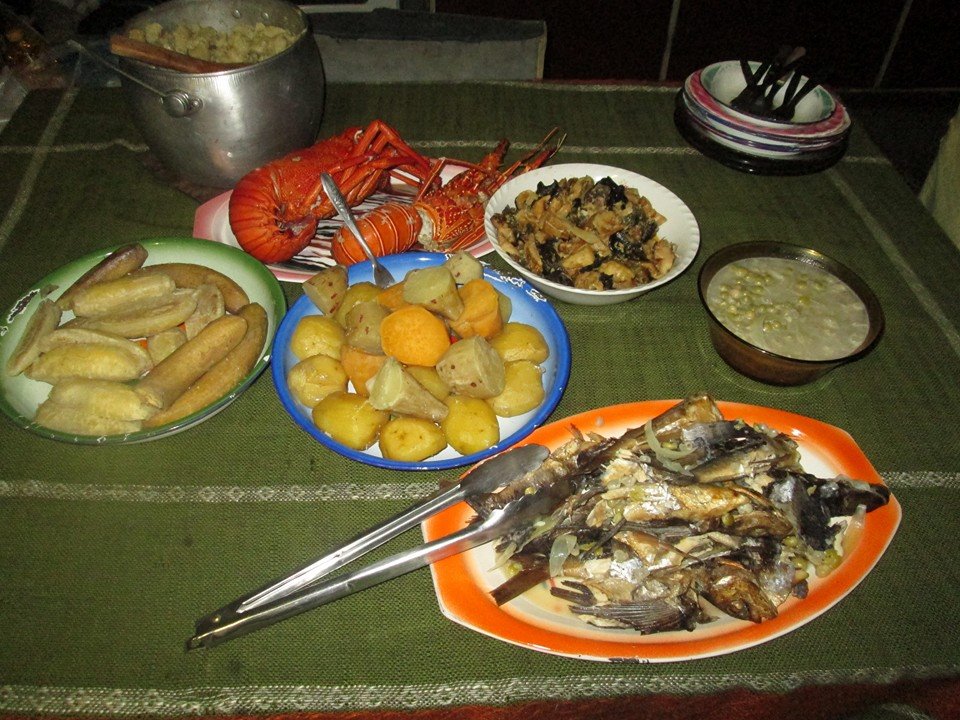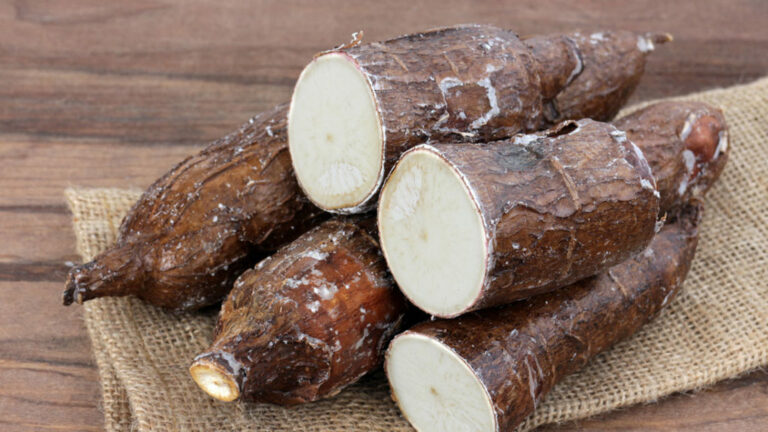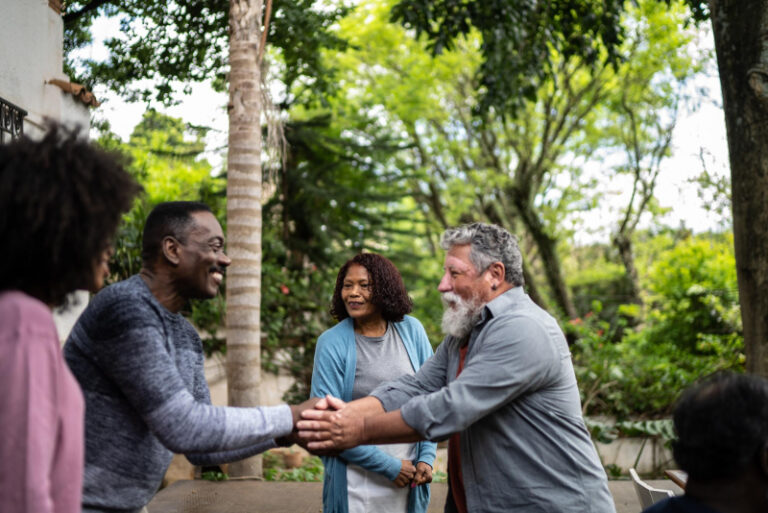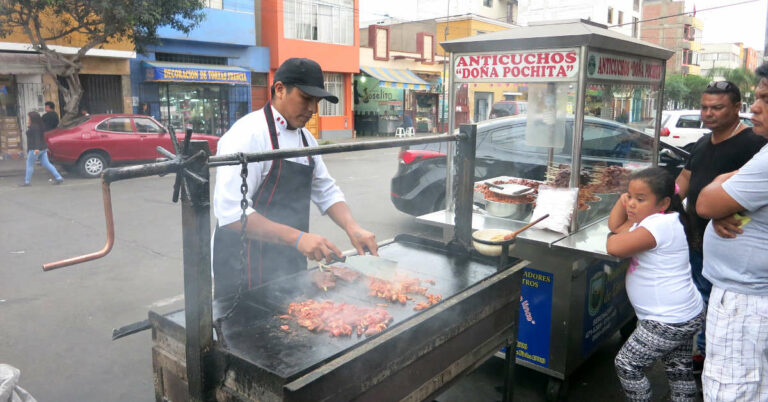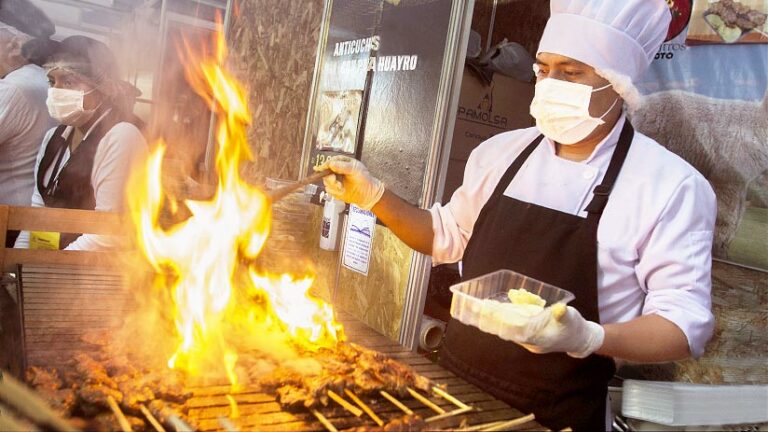Introduction: Exploring Panama’s Dining Culture
Panama is a vibrant and diverse country with an equally rich dining culture. Food plays a significant role in the country’s social fabric, and dining is an essential aspect of Panamanian life. The food in Panama is a fusion of African, Spanish, and Indigenous influences. With such a unique blend of cultures, it’s not surprising that Panama has its own set of dining customs and etiquette.
The Importance of Table Manners in Panama
Panamanians place a high value on good table manners, and it’s considered rude to eat with your hands or speak with your mouth full. When dining in Panama, it’s essential to be mindful of your manners and observe proper etiquette. It’s customary to wait until everyone is seated and has been served before starting to eat. Additionally, it’s polite to offer food to others before serving yourself.
Seating Arrangements and the Hierarchy of Respect
In Panama, seating arrangements depend on the hierarchy of respect. The most respected person is usually seated at the head of the table, followed by the second most respected person on their right. The least respected person is seated at the opposite end of the table. It’s also customary to serve the most respected person first and wait for them to begin eating before starting yourself.
Dining Etiquette: Dos and Don’ts in Panama
When dining in Panama, there are a few things to keep in mind. It’s considered impolite to leave food on your plate, so only take what you can eat. It’s also polite to use utensils instead of your hands, and to keep your elbows off the table. Additionally, it’s customary to thank your host after the meal and offer to help with the dishes.
Traditional Panamanian Cuisine and Dining Customs
Traditional Panamanian cuisine is a blend of African, Spanish, and Indigenous influences, with a focus on fresh seafood, rice, beans, and plantains. One of the most popular dishes in Panama is the Sancocho, a hearty soup made with chicken, yucca, and vegetables. Additionally, Panama has a strong coffee culture, and it’s customary to offer guests a cup of coffee after a meal.
Conclusion: Appreciating Panama’s Rich Dining Culture
In conclusion, Panama’s dining culture is a reflection of the country’s diverse and rich history. With its unique blend of African, Spanish, and Indigenous influences, Panama has its own set of dining customs and etiquette. Whether you’re dining in a restaurant or at someone’s home, it’s essential to be mindful of your manners and observe proper etiquette. By appreciating Panama’s dining culture, we can gain a deeper understanding of the country’s history and traditions.


